BYD DM-i hybrid technology, I believe many netizens have heard about it. Once BYD’s technology was launched, its influence was no less than BYD’s release of blade batteries at that time. In the past year, BYD basically focused on the latest DM-i system, and the first model equipped with DM-i system, Qin PLUS (parameter picture), will also be officially listed on March 8.
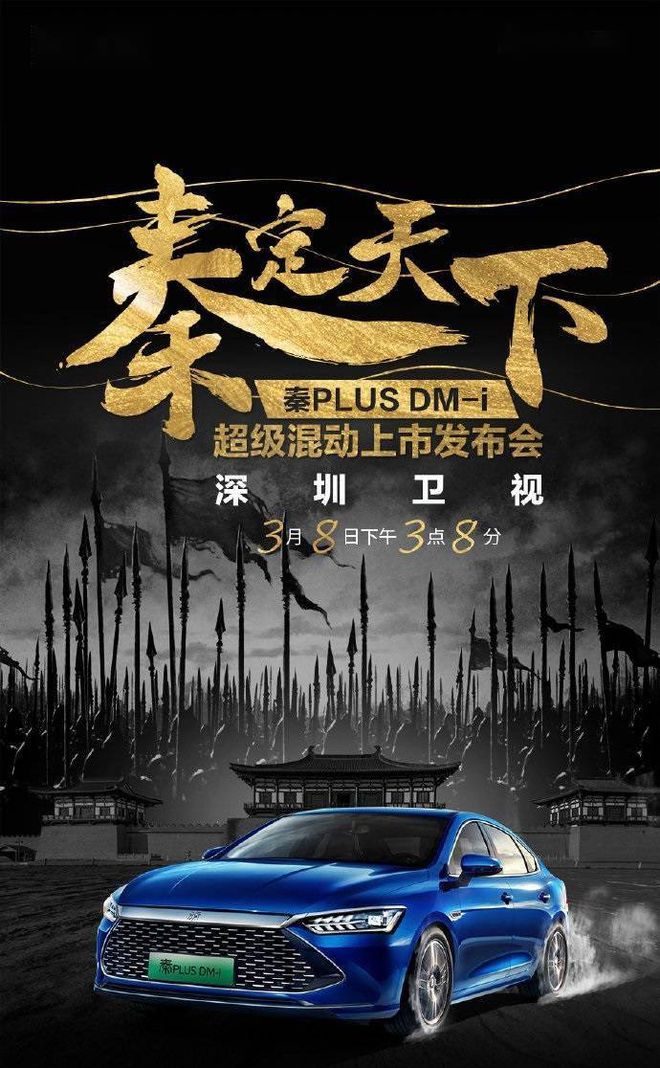
With the development of new energy vehicles for so many years, hybrid technology is nothing new, but the DM-i released by BYD this time has caused unprecedented turmoil among consumers and even the media.
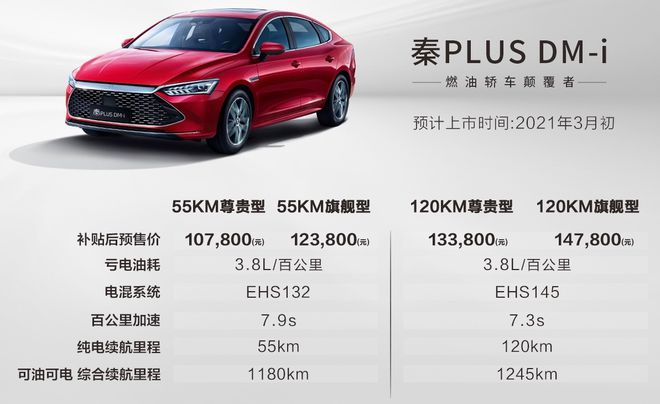
If we only look at the configuration table, taking Qin PLUS DM-i as an example, it seems that the 1.5L engine plus a single motor power system, more than 7 seconds of acceleration and 55/120km of pure electric battery life are still worse than before? Obviously, BYD DM-i’s "cow" is not reflected in the superficial figures.
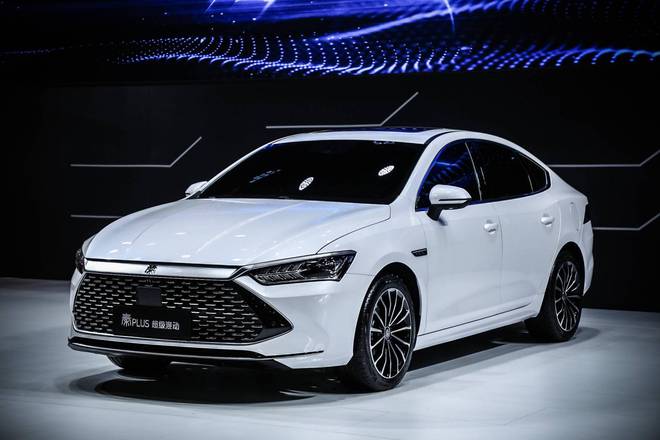
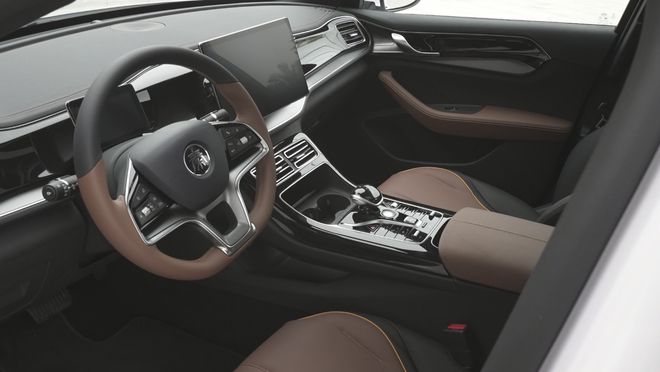
Brother Jiang believes that there are still a great number of readers’ knowledge of BYD’s hybrid cars, and they still stay on the Qin with extremely high speed. After all, that 5.9s was over 100, and the price was about 200,000 yuan. Qin, who can plug in the green card, is still deeply rooted in people’s hearts and has great influence in the online car market.
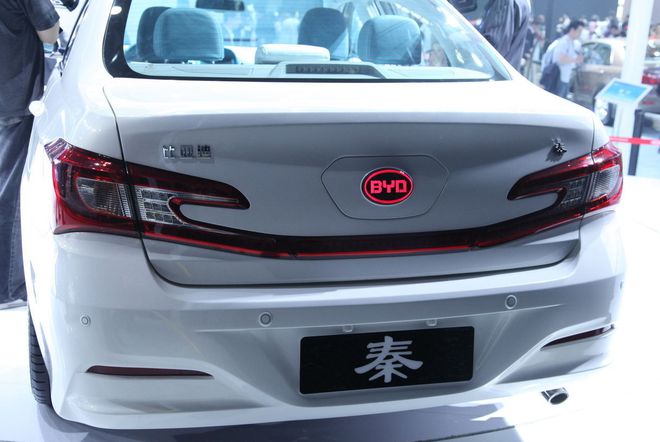
As a matter of fact, in the increasingly crowded car environment, a 5.9s and 7.9s car models have a chance to realize the former value except on the open road. In most car environments, the owner needs enough power instead of surplus power. The change of BYD DM-i also shows the optimization of BYD’s car-making concept.
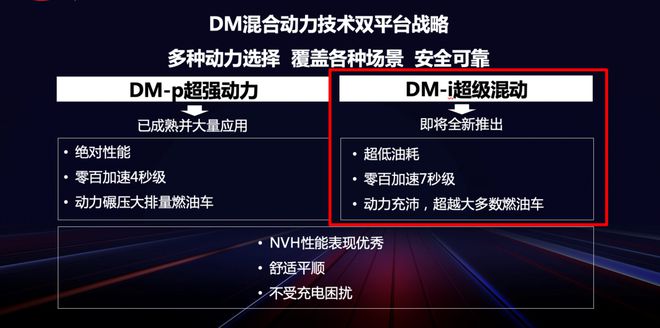
In addition to power, the advantages of new energy are green cards and fuel consumption. BYD DM-i completely put the competitive chips on low fuel consumption. The comprehensive fuel consumption of the Ministry of Industry and Information Technology of Qin PLUS DM-i is only 3.8L/100km, and that of the Ministry of Industry and Information Technology of Song PLUS DM-i is only 4.4(4.5)L/100km, among which the fuel consumption performance of Qin PLUS is better than that of Corolla Twin Engine’s 4(4.1)L/100km.
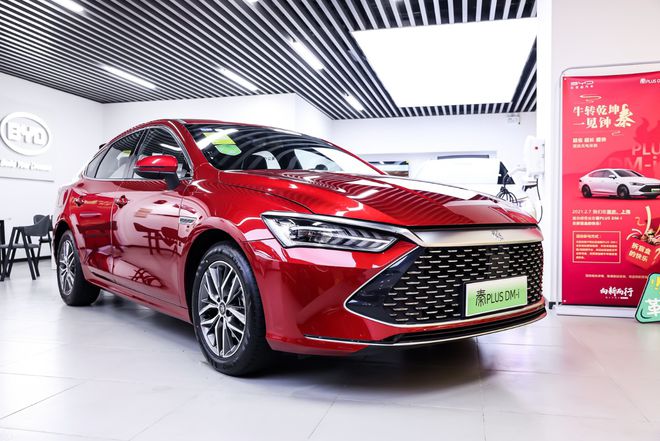
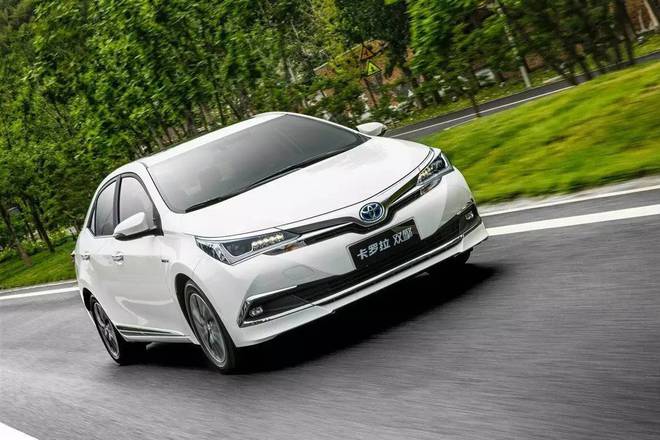

The concept optimization embodied by BYD DM-i not only lies in the overweight of fuel consumption, but also lies in lowering the threshold of consumption. Unlike Toyota Corolla/Ralink engines, which are about 20,000 yuan more expensive than fuel vehicles, BYD Qin PLUS and Song PLUS provided DM-i power, and the entry price of Qin PLUS directly dropped to the pre-sale price of 107,800 yuan.

You know, this plug-in hybrid vehicle not only has no purchase tax, but also has a green card. The economic account behind it is worth calculating by consumers, and the threshold for consumers to buy a DM-i model has been lowered as never before. In Jiang Ge’s view, this is the greatest significance of BYD DM-i to consumers.
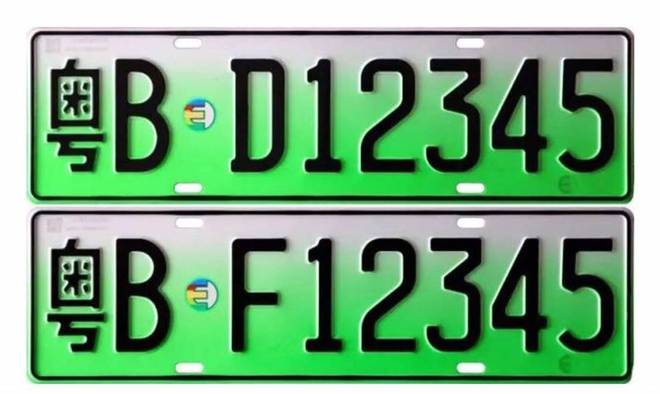
A family car that is fuel-efficient, tax-free and has no concerns about endurance, Jiang Ge believes that this attraction will not be limited to a few first-tier cities. For consumers in third-and fourth-tier cities, BYD Qin PLUS DM-i and Song PLUS DM-i are definitely a very cost-effective existence.
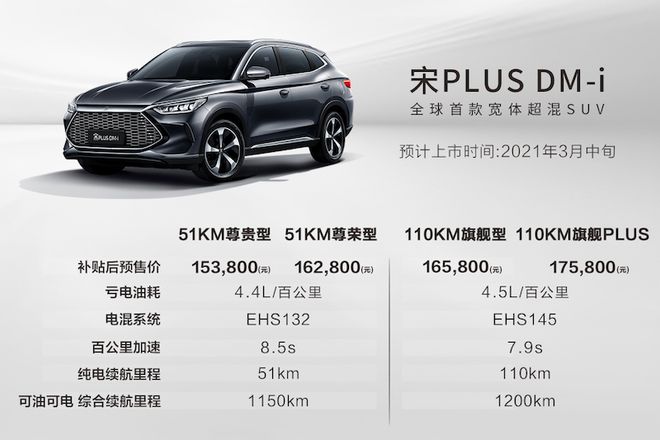
However, if BYD’s DM-i only lowers the price by tens of thousands of yuan, it seems that it can’t afford so much attention. After all, the starting price of BYD Qin Pro DM models on sale is only 136,900 yuan, and in the accounting data, the pure battery life of 53km, the acceleration time of 100 km of 5.9s and the comprehensive fuel consumption of the Ministry of Industry and Information Technology of 1.4L/100km are enough to scare people. Therefore, the latest DM-i is technically unique, which caused such a big sensation.
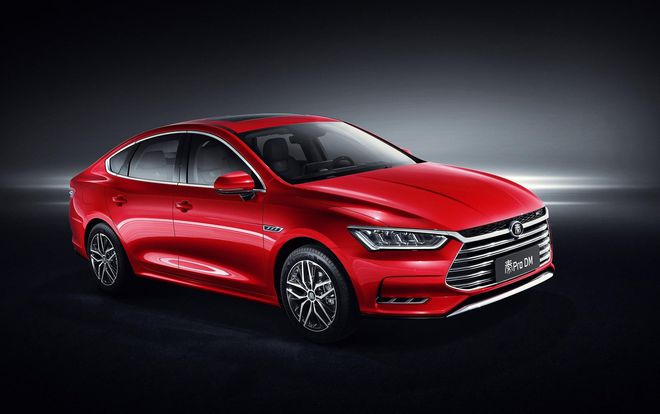
As mentioned above, BYD Qin Pro DM can achieve 1.4L/100km, but there is a major premise that it is measured under the condition of no power loss. However, taking BYD Qin PLUS DM-i as an example, this car can achieve a fuel consumption performance of 3.8L/100km in the state of power loss, which has to be said to be a breakthrough. The root of the breakthrough lies in the unusual dynamic logic of DM-i super hybrid technology.
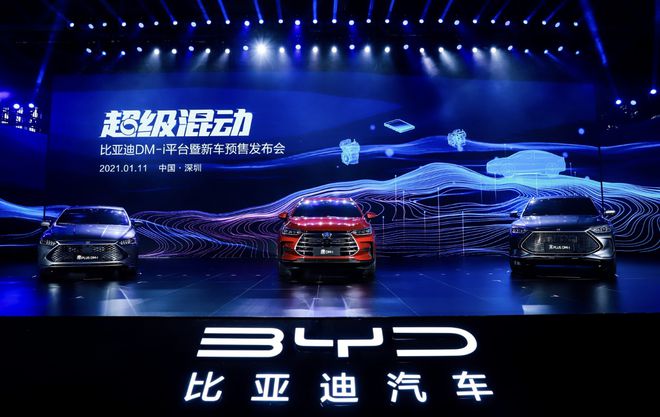
The fuel-saving principle of Toyota hybrid system is very simple. The fuel engine is the main engine, and the middle motor and gasoline engine drive together at low speed, and the fuel engine alone at high speed to charge the battery. If other companies want to do their own hybrid, they must bypass Toyota Hybrid and find another way. BYD DM-i’s approach is like Honda’s hybrid, with electric motors as the mainstay and gasoline engines as the supplement, but BYD DM-i relies more on electric motors than Honda.

For this reason, BYD has specially developed a special 1.5L plug-in engine named Xiaoyun, which can achieve an ultra-high compression ratio of 15.5: 1. By using Atkins cycle, the traditional gear train is cancelled, and the accessories such as air conditioning compressor and vacuum pump are all changed into electric drives, which can achieve a thermal efficiency of 43.04%.
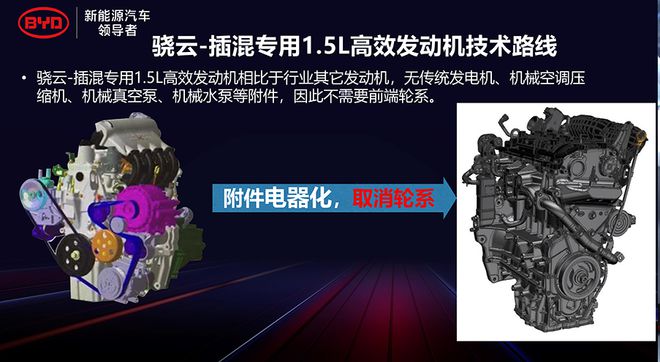
BYD, which we are familiar with before, uses Xiaoyun 1.5T engine, which emphasizes power output more than fuel saving. It is understood that this 1.5L engine will only participate in direct drive in a few cases such as rapid overtaking and high-speed cruising. In other cases, it is either in the flameout state or in the "generator" mode in HEV mode to charge the motor.
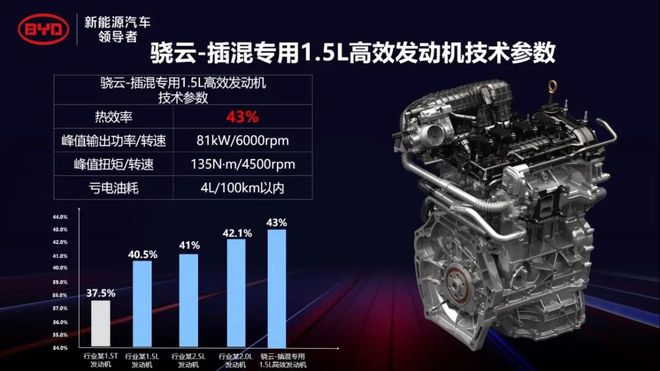
Therefore, DM-i can achieve an ultra-high proportion of electric drive, with the urban electric drive accounting for 99% and the full-condition electric drive accounting for more than 80%. In fact, it is an electric vehicle with an ultra-high power generation efficiency engine. Of course, BYD’s plug-in hybrid has always been based on performance, emphasizing acceleration and performance. Nowadays, it is still a question mark whether the actual experience, performance and reliability of energy-saving orientation can withstand the test of the market.
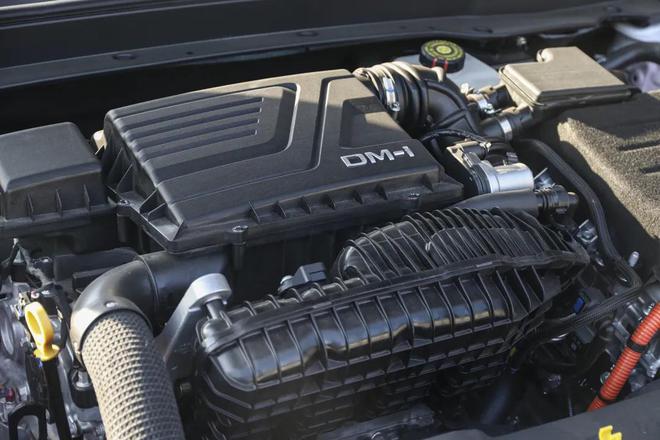
On the whole, the launch of BYD’s super hybrid really bypassed the hybrid technology represented by Toyota and Honda from another way of thinking. With this unique technical route advantage, perhaps BYD can really refresh the rules of the game in the traditional market and accelerate the process of promoting new energy. Welcome to pay attention to "car territory without borders", leave a message in the comment area below and share your views on BYD DM-I.
关于作者